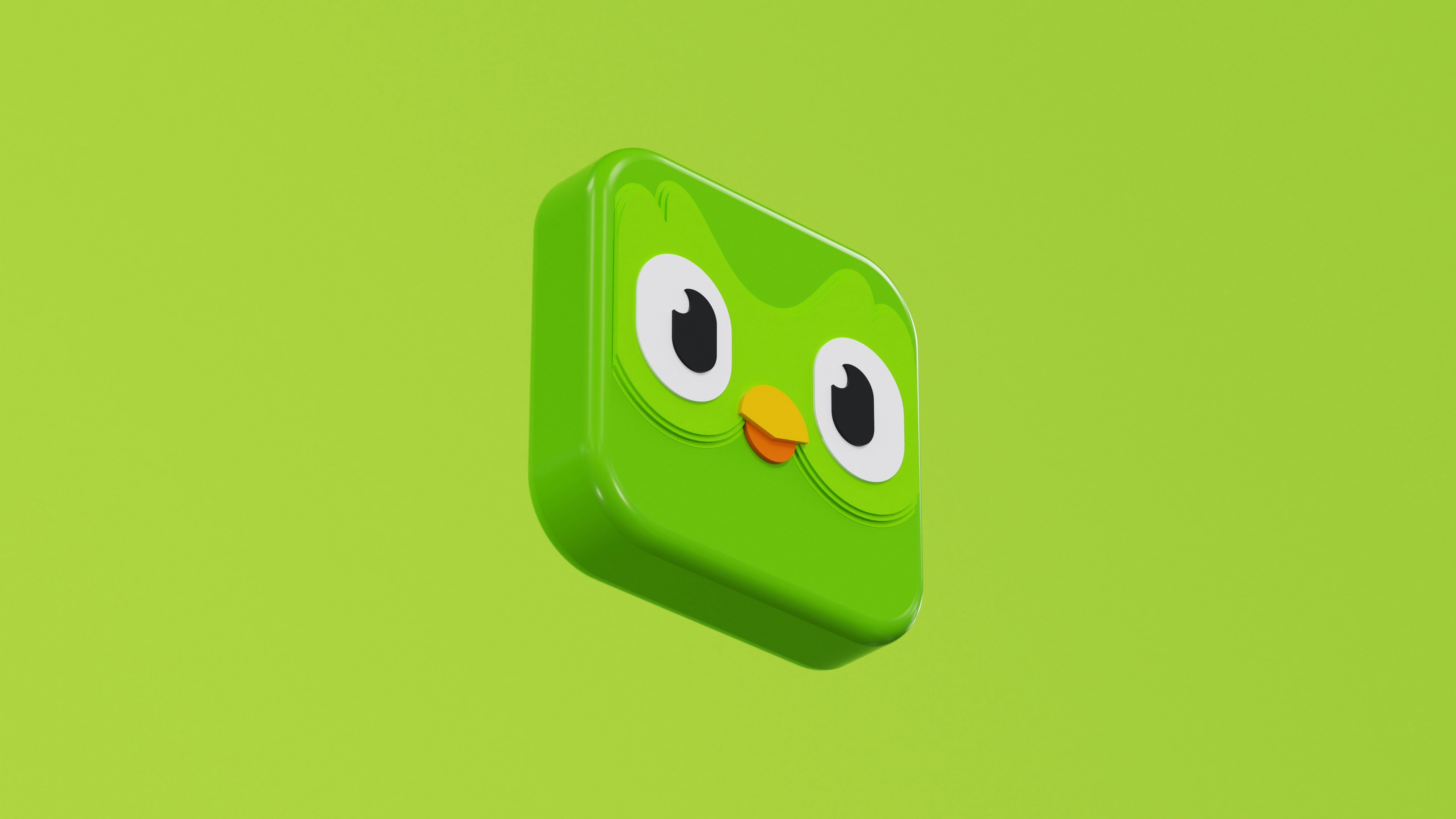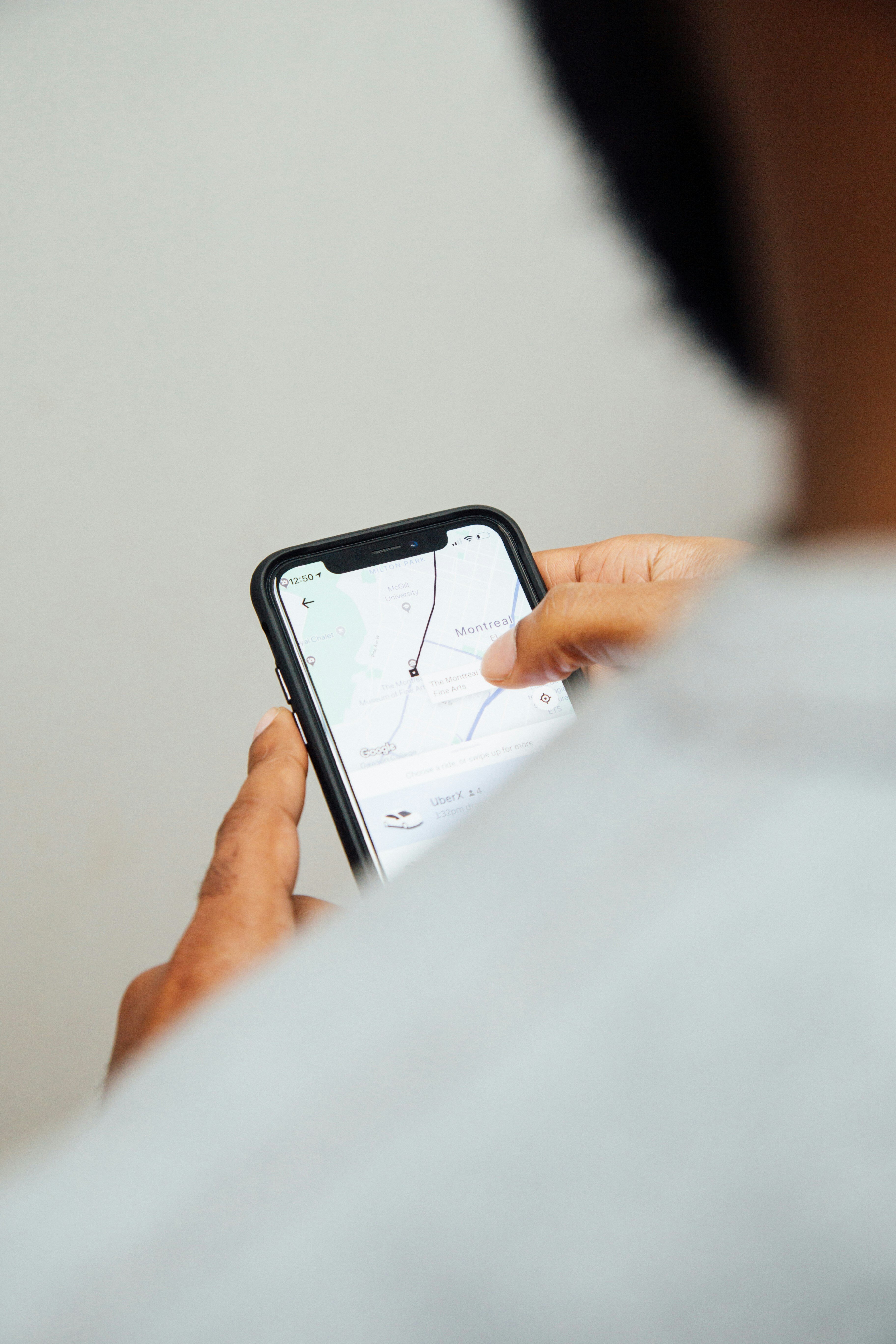5 Successful MVPs That Turned into Billion-Dollar Apps
Many billion-dollar app ideas began with a simple MVP. A minimum viable product (MVP) helps test market demand, validate your idea, and collect...
3 min read
Written by Keith Shields, Feb 6, 2024

In the “ MVPs Of Apps You Know” Series, we look at how now-popular apps have overcome prior challenges in design and business strategy to find success. Seeing the techniques in action should give you practical problem-solving solutions when addressing your own products.
If you’ve ever tried learning a language outside of traditional schooling, odds are you’ve downloaded Duolingo. The app is a go-to for many who value the ability to speak multiple languages, but lack the time or resources to do so. It offers courses in around 45 different languages and has gone through several iterations since its inception in 2011. Nowadays, the app boasts more than 80 million monthly active users and more than 360 million dollars in annual revenue, making it one of the most popular on the market.
MacArthur Genius Fellow Luis von Ahn created Duolingo. Why? He knew that learning a language can be costly and time-consuming, and wanted to find a solution. Von Ahn also realized that companies couldn't translate their own ephemeral internet content. Combining both of these issues, von Ahn found a dual-sided answer in Duolingo.
Here’s how it worked: Students would translate content for companies as part of the Duolingo learning program. Then, the app would sell the translations to those companies for profit. With this model, Duolingo soon had millions of student users. After a while, though, they encountered a bump in the road.
First, computer machine learning became better at translating content than early language learners. On top of that, the European Union also made it illegal to sell content created by unpaid workers. (Which, in this case, were the translations made by the Duolingo students.) So, Luis and the Duolingo team had to find a different avenue for revenue. Notably, the new revenue model would need to focus on those using the app, rather than third-party sales.
To monetize the app itself, Duolingo created promotions and subscriptions for users. These subscriptions and in-app purchases largely allow learners to progress their educational experience. With subscriptions, users can receive unlimited attempts when completing activities. Subscriptions also remove all advertisements and waits between challenges.
In addition, Duolingo created incentives to keep users on the app, such as streaks maintained by daily use. Duolingo overcame a challenge even B2B companies struggle with—keeping users coming back again and again. After all, subscriptions don’t matter if users don’t adopt them.
There are also leaderboard rankings. These rankings are determined by time spent on the app and successfully finishing challenges. Users compete with others across the world for top rankings and prizes. Plus, a game board-like interface displays users’ linear progress toward learning a new language. Overall, top rankings and streaks are easier to maintain with premium subscriptions, giving users more reason to buy in. (Especially if they are goal-driven.)
Over the years, Duolingo has also introduced social media-adjacent features so users can learn with friends and family. The app’s agile development approach has made these kinds of upgrades possible. Users can now compete in challenges with friends that raise their leaderboard rankings. These friend-based matchups also unlock learning boosts and new games.
Duolingo now offers another monetization option—the Family Plan. This subscription allows up to six family members access to a pro subscription at once. The Family Plan incentivizes adults to pay for the app as a learning experience the whole family can enjoy.
Like any other social media app, you can also customize your Duolingo profile. In Duolingo's signature animation style, you can access friendly or funny avatars to represent you. Plus, your profile tells friends what languages you’re learning. It can also include your leaderboard rankings and points-based challenge scores.
Duolingo lessons incorporate diverse opportunities for gameplay, too. This keeps users entertained and ensures they're practicing a breadth of skill sets. The skills Duolingo fosters include listening, speaking, spelling, reading, and vocabulary recognition. If you want to focus on a specific skill, you can practice specifics in practice hub sessions. These sessions also help you earn points and rise in leaderboard rankings.
The app’s designers also storyboard a group of characters that exist in the Duolingo universe. The animators give each character a unique look and storyline. This allows users to learn more about these characters over time. Then, they can use context clues about these characters in challenges. This mimics a real-life conversation, as users can pick up on situational cues to understand a conversation in the new language.
Duolingo didn't launch with all of these features. This is a prime example of the benefits of starting with a minimum viable product (MVP). From there, you can rely on user feedback to guide your continued iteration.
Overall, Duolingo is a great example of why early monetization challenges shouldn’t deter you. Because Duolingo focused on delighting its community of engaged users, the application was able to execute a successful pivot. By learning to balance the art, science, and business of app development, Duolingo meets user needs and drives revenue to the company.
Interested in learning more about how to incorporate monetization into your app? We’d love to hear more about your project idea. Get in touch to get started.
You Might Also Like:
Subscribe to our newsletter.

Many billion-dollar app ideas began with a simple MVP. A minimum viable product (MVP) helps test market demand, validate your idea, and collect...

If you want to build an app that leverages native device features without the time and cost of separate builds for iOS and Android, there’s a great...

When launching an app out into the world, it’s easy to obsess over the sexier numbers: downloads and revenue. These are the analytics that create...
Post
Share